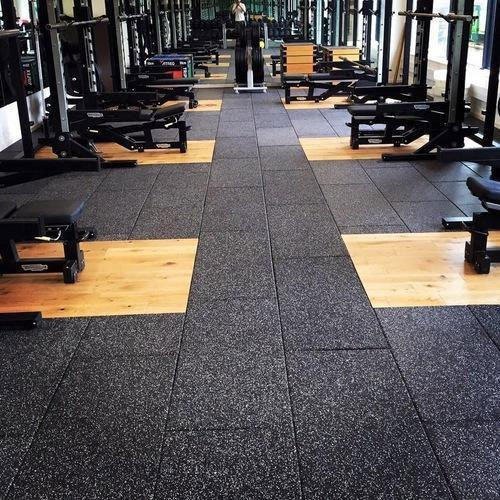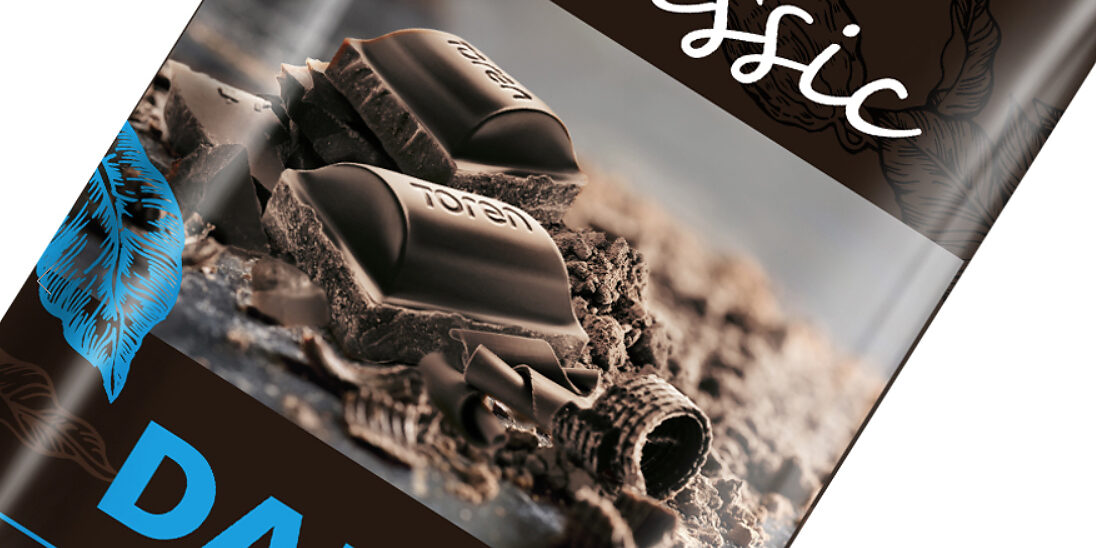When it comes to setting up a home or commercial gym, selecting the right flooring is often overlooked but essential for a successful workout experience. Gym flooring not only enhances the aesthetics but also plays a crucial role in safety, comfort, and functionality. In this ultimate guide, we’ll explore everything you need to know about gym flooring, from materials to installation and maintenance, helping you make an informed choice for your fitness space.
Gym Flooring Options
Rubber Flooring
Rubber gym flooring is a popular choice for both commercial and home gyms. Its durability, shock absorption, and slip resistance make it ideal for high-impact workouts. Moreover, rubber flooring is easy to clean and maintain, ensuring a hygienic exercise environment.
Foam Flooring
Foam gym flooring is perfect for home gyms and yoga studios. It provides cushioning, reducing the risk of injury during workouts. Additionally, foam flooring is lightweight, making it easy to install and replace.
Vinyl Flooring
Vinyl gym flooring offers a wide range of design options, allowing you to customize your gym’s look. It is durable, water-resistant, and easy to clean, making it suitable for various fitness settings.
Wooden Flooring
Hardwood gym flooring exudes a classic and elegant look. It’s often used in upscale fitness centers and dance studios. While wooden flooring is aesthetically pleasing, it requires regular maintenance and may not be suitable for high-impact workouts.
Interlocking Tiles
Interlocking tiles are versatile and DIY-friendly. They come in various materials like rubber and foam, offering a balance between comfort and durability. These tiles are easy to install and replace, making them an excellent choice for evolving gym spaces.
Benefits of Gym Flooring
Investing in quality gym flooring offers several advantages:
Safety
Gym flooring provides a cushioned surface that reduces the impact on joints and minimizes the risk of injury during workouts.
Durability
High-quality gym flooring materials are built to withstand heavy foot traffic, equipment weight, and the wear and tear of intense workouts.
Hygiene
Easy-to-clean gym flooring ensures a clean and sanitary workout environment, preventing the accumulation of sweat and germs.
Aesthetics
Selecting the right gym flooring can enhance the overall look and feel of your fitness space, creating a motivating atmosphere for workouts.
Sound Absorption
Certain gym flooring materials, like rubber and foam, help reduce noise levels, making it more pleasant for both users and those nearby.
Gym Flooring Installation
Proper installation is crucial to ensure the longevity and effectiveness of your gym flooring. Here are some key steps:
Surface Preparation:
Ensure the subfloor is clean, level, and dry before installation.
Layout Planning:
Decide on the layout and orientation of the flooring material, ensuring it fits your gym space seamlessly.
Adhesive Application:
Depending on the type of flooring, apply the recommended adhesive evenly.
Tile or Roll Installation:
Install the flooring material carefully, ensuring there are no gaps or overlaps.
Finishing Touches:
Trim excess material, and ensure the edges are secure.
Maintenance Tips
To keep your gym flooring in top condition, follow these maintenance tips:
Regular Cleaning:
Sweep or vacuum the floor to remove dust and debris. Use a damp mop with a mild cleaning solution for deeper cleaning.
Avoid Harsh Chemicals:
Use only approved cleaning products to avoid damaging the flooring.
Inspect for Damage:
Periodically check for any wear and tear, and replace damaged tiles or sections promptly.
Protect Against Heavy Equipment:
Use gym mats or rubber pads under heavy exercise equipment to prevent indentation.
Control Moisture:
Keep humidity levels in check to prevent the growth of mold or mildew.
Gym Flooring FAQs
Q: What is the best gym flooring for a home gym?
A: Rubber or foam flooring is ideal for home gyms due to their durability and shock-absorbing properties.
Q: Can I install gym flooring myself?
A: Yes, many gym flooring options, like interlocking tiles, are designed for easy DIY installation.
Q: How do I clean rubber gym flooring?
A: Simply sweep or vacuum regularly and mop with a mild solution of water and detergent as needed.
Q: Is wooden gym flooring suitable for heavy weightlifting?
A: While it looks elegant, wooden flooring may not be the best choice for heavy weightlifting, as it can get damaged over time.
Q: What is the average lifespan of gym flooring?
A: The lifespan varies depending on the material and usage but can range from 5 to 20 years or more with proper care.
Q: Can gym flooring be used in a garage gym?
A: Yes, gym flooring can be installed in a garage gym to create a safe and comfortable workout space.
Conclusion
Selecting the right gym flooring is a crucial decision for any fitness enthusiast or gym owner. It impacts safety, aesthetics, and overall satisfaction during workouts. Whether you choose rubber, foam, vinyl, wood, or interlocking tiles, remember to prioritize quality, installation, and maintenance. Invest in the right gym flooring, and you’ll be on your way to a stylish, safe, and enjoyable workout space.





